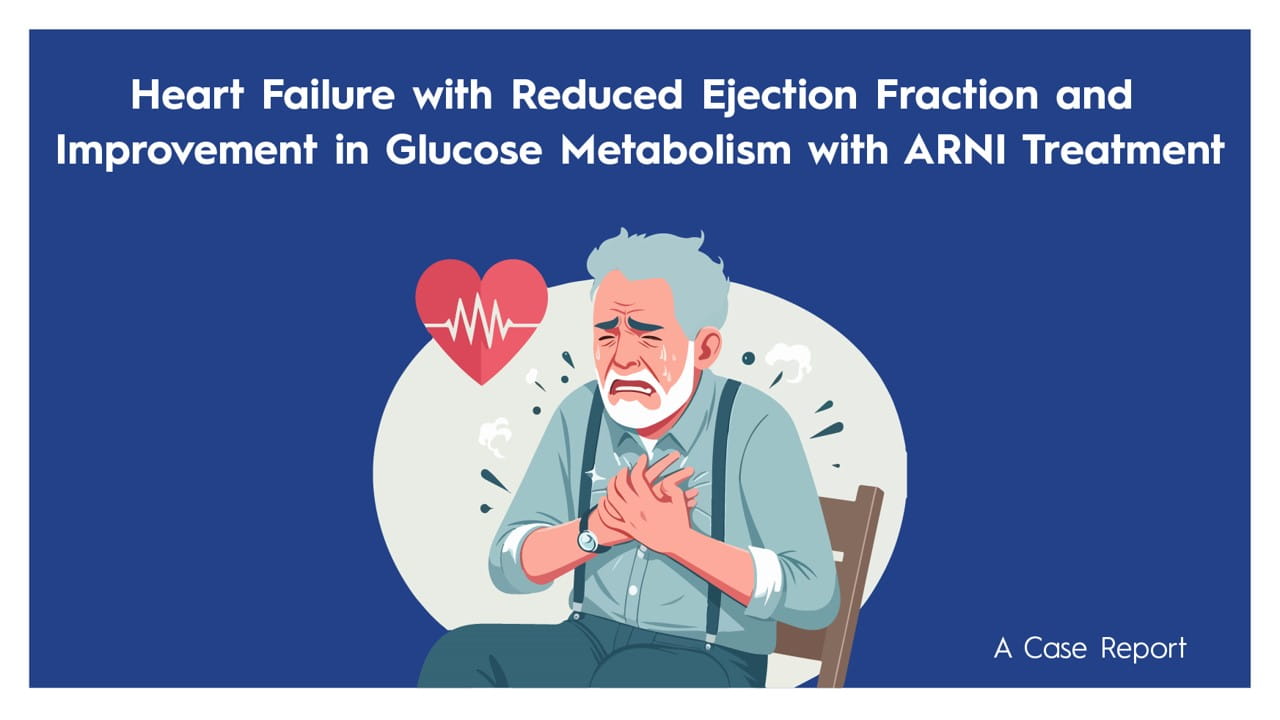ACC 2024: Targeting Weight Loss to Personalize the Prevention of Type 2 Diabetes
There is an urgent need to prevent type 2 diabetes (T2D) due to its increasing prevalence, particularly alongside rising obesity rates. T2D is associated with significant morbidity, mortality, and healthcare costs globally. Increased adiposity is a key modifiable risk factor for T2D, suggesting that weight loss interventions could be effective in prevention. However, it's uncertain who would benefit from such interventions, as many individuals with obesity do not develop T2D, and a significant portion of those with T2D are not obese. The study aimed to evaluate whether targeting weight loss could personalize T2D prevention. This involved comparing the impact of increased BMI and genetic predisposition on T2D risk, assessing the optimal timing of weight loss intervention, and examining how other factors may modify the effect of adiposity on T2D risk.
This study, conducted with a population of 445,765 participants from the UK Biobank, aimed to investigate the impact of adiposity on the risk of T2D using observational and Mendelian randomization approaches. Adiposity was measured through body mass, weight, or waist circumference. Genetic instruments consisting of 261 variants associated with BMI were employed to mimic increased adiposity due to excess energy consumption. The study population was divided by quintiles of BM. The primary outcomes studied were the diagnosis of T2D and changes in hemoglobin A1C (HbA1C) levels.
Results indicated that higher levels of adiposity were associated with an increased risk of T2D, with participants in the highest BMI quintile having a 12-fold greater risk than those in the lowest quintile. Similarly, a higher polygenic predisposition to T2D was associated with an increased risk, albeit to a lesser extent than adiposity. Comparative analysis revealed that adiposity had a much stronger influence on the risk of T2D than polygenic predisposition. Lifelong exposure to higher BMI levels was consistently associated with increased risk, irrespective of whether it occurred earlier or later in life. Unlike the effects of LDL and blood pressure on coronary events, which increase with prolonged exposure, the impact of adiposity on the risk of diabetes does not seem to amplify over time. Furthermore, reducing BMI, whether earlier or later in life, was associated with the same effect on diabetes risk. Weight loss trials also demonstrated decreased HbA1C levels during treatment-induced weight loss, stabilization when weight was maintained, and increased upon therapy withdrawal. The research noted that the influence of heightened adiposity on HbA1C is affected by waist circumference, hepatic fat storage capacity as reflected in plasma triglycerides, genetic inclination to diabetes gauged through a polygenic score, and ethnic background.
Elevated adiposity demonstrates a significantly more pronounced association with the susceptibility to T2D than polygenic predisposition. This implies that most T2D instances are acquired rather than genetic inheritance, thereby indicating avenues for preventive measures. Moreover, the research revealed that sustained weight gain over time has comparable impacts on HbA1C levels and the risk of diabetes as gaining adiposity later in life, suggesting that the metabolic consequences of increased adiposity can be reversed. Therefore, weight loss interventions at any age or BMI level could effectively reduce HbA1C levels and prevent diabetes. Additionally, the study suggests a personalized approach to diabetes prevention by targeting weight loss interventions based on individual responses to weight gain. By identifying individuals most likely to experience significant HbA1C increases with weight gain, tailored weight loss therapies could prevent diabetes development without overtreating individuals at lower risk. This personalized strategy has the potential to prevent most cases of diabetes, including those occurring at low BMI levels.
American College of Cardiology (ACC) Congress 2024, 6th April – 8th April 2024, Atlanta, Georgia, USA




